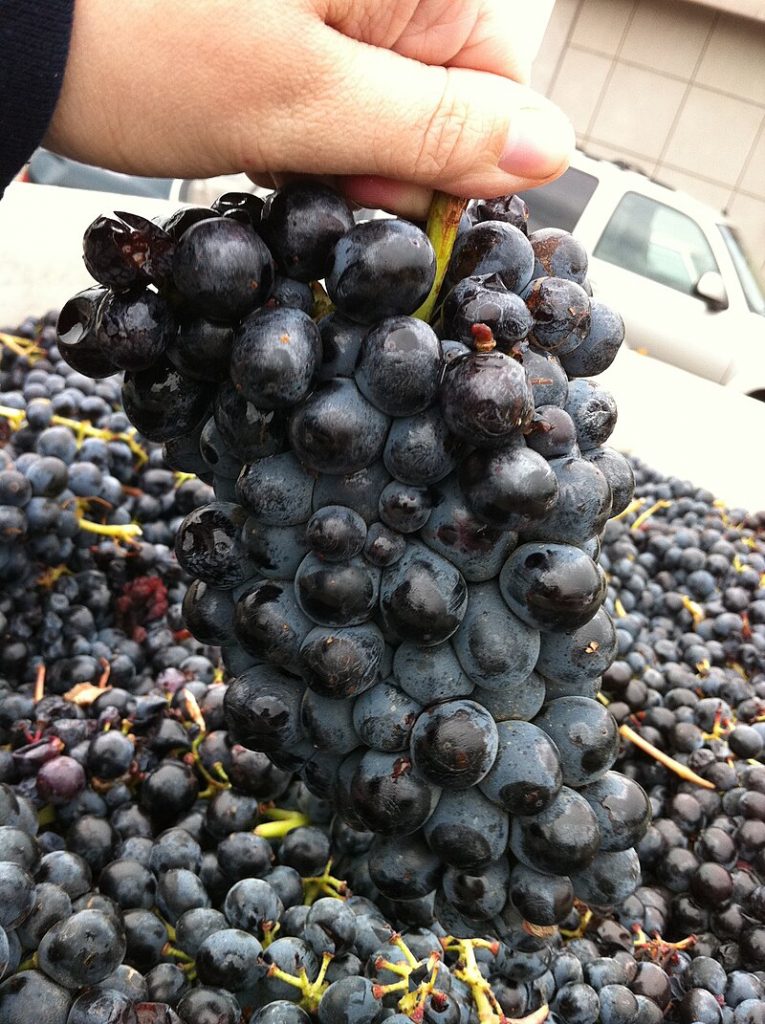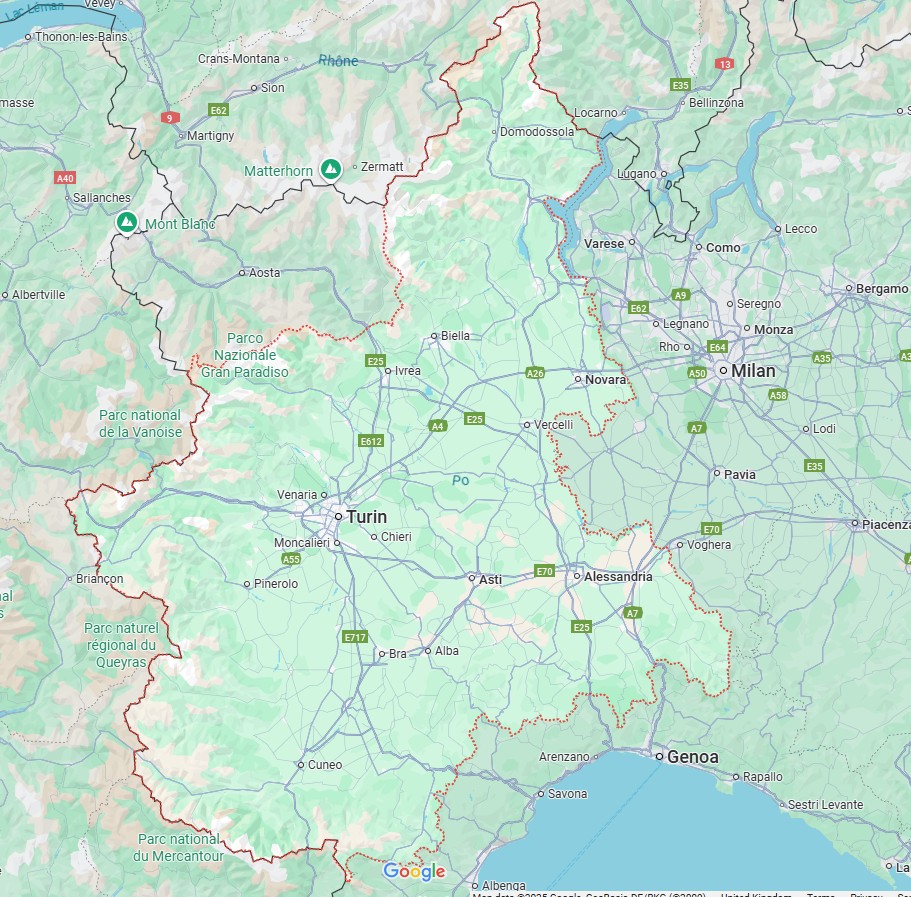Barbera is often described as the “people’s wine” of Piedmont, a grape that for centuries has accompanied everyday meals while quietly shaping the region’s cultural identity. Yet beneath this modest reputation lies an extraordinary diversity that challenges simple definitions. From the structured elegance of Barbera d’Alba to the fresher, fruit-driven character of Barbera d’Asti, and the complex, age-worthy expressions emerging from Nizza and Monferrato, Barbera is a chameleon—absorbing the nuances of terroir and winemaker philosophy with remarkable fidelity. To understand Barbera is to understand Piedmont itself: a region of contrasts, rooted in tradition but alive with innovation.

The People
Barbera’s reputation today owes much to the persistence of visionary producers who refused to let the grape be confined to the shadows of Nebbiolo. In Alba, figures such as Giacomo Conterno and Pio Cesare demonstrated that Barbera could carry the same gravitas as the region’s more noble reds when treated with the same meticulous care. In Asti, family-run estates like Braida, led by the late Giacomo Bologna and now his children Raffaella and Giuseppe, pioneered a more modern, oak-aged style that revealed Barbera’s capacity for depth and longevity. Meanwhile in Monferrato, smaller artisanal producers have leaned into tradition, focusing on purity of fruit and minimal intervention to showcase Barbera’s natural vibrancy.
These winemakers represent a spectrum of philosophies. Some emphasize sustainability, adopting organic or biodynamic practices to preserve soil vitality and protect the delicate ecosystems of the rolling Piedmontese hills. Others take a more experimental approach, using amphorae or concrete to highlight texture, or choosing longer macerations to coax greater complexity from the grape. What unites them is an unwavering belief in Barbera’s potential, a conviction that what was once regarded as a humble variety can, in the right hands, achieve greatness.

Vineyards & Terroir – A Journey from North to South
To grasp the true soul of Barbera, one must travel across Piedmont, tracing the landscapes where the grape thrives and observing how soil, altitude, and climate imprint their character on the wines.
In the northern reaches of Monferrato Casalese, Barbera finds one of its oldest homes. The vineyards here lie near Casale Monferrato, historically an area of peasant farming and rustic wines. Sandy soils dominate, producing lighter, fragrant Barberas with tart cherry, redcurrant, and floral notes. The wines are refreshing, ideal for everyday drinking, but often underestimated outside the region. In recent years, a handful of ambitious growers have been raising quality here, showing that Casalese can rival its southern cousins when yields are kept low and attention is paid in the cellar.
Moving south into Asti, the landscape becomes more dramatic, with steeper hills and tighter vineyard parcels. This is Barbera’s beating heart, where DOCG Barbera d’Asti has long defined the grape’s identity. Clay-limestone soils bring richness and weight, while the region’s warm summers ensure ripe fruit. Around Costigliole d’Asti, Castelnuovo Calcea, and Vinchio, the wines display juicy plum, blackberry, and spice, while retaining the high acidity that makes Barbera so food-friendly. Within Asti, the Nizza DOCG has carved out a special place since 2014, with strict regulations on yields and vineyard sites. Here, poorer soils, excellent exposures, and decades of research produce Barberas of remarkable concentration, velvety tannins, and the ability to age gracefully—arguably Barbera’s most ambitious and noble expression.
Further west, in the Barbera d’Alba zone, Barbera grows side by side with Nebbiolo in some of the Langhe’s finest hills. The soils are heavy in calcareous marl, giving the wines structure, darker fruit tones, and an almost graphite-like minerality. These Barberas, often denser and more brooding than those of Asti, are prized for their balance of power and acidity. In villages like Castiglione Falletto and Monforte d’Alba, Barberas from south-facing slopes achieve great depth, making them among the most cellar-worthy of all. Many producers here vinify Barbera with the same care as their Barolo crus, using longer macerations, large casks, and sometimes barriques to frame the grape in a more serious light.
Heading into Southern Monferrato, near Alessandria and Acqui Terme, the scenery opens into rolling hills with soils of chalk, sandstone, and clay. The wines here are often floral, with a rustic, earthy charm that contrasts with the polished power of Nizza or Alba. Acqui, known also for its sparkling Brachetto, produces Barberas with high-toned aromatics and lively acidity, often enjoyed young. This area has become a hub for sustainable farming, with many growers experimenting with cover crops, minimal sulfur, and natural winemaking techniques to express Barbera’s purity.
Finally, at the southern edge of Piedmont toward the Ligurian Apennines, Barbera thrives at higher altitudes and on more marginal soils. Maritime breezes from Liguria bring freshness, preserving acidity even in hotter vintages. The wines are leaner, with herbal and savory undertones that reflect their mountain terroir. Although less known internationally, these southern Barberas reveal the grape’s adaptability and may well provide models for the future as climate change pushes growers toward cooler, higher sites.
Five Notable Voices of Barbera
Braida – Asti’s Modern Icon
The Braida estate, founded by the charismatic Giacomo Bologna, changed the destiny of Barbera in the 1980s. By aging Barbera in oak, he revealed a new dimension of the grape: power, depth, and age-worthiness. Today, his children Raffaella and Giuseppe continue his legacy, with the celebrated Bricco dell’Uccellone remaining one of the world’s benchmark Barberas. Their work bridges tradition and innovation, proving that Barbera can be both approachable and profound.
Vietti – Alba’s Precision and Elegance
Vietti has long been known for its Barolos, yet its Barberas hold equal prestige. With vineyards in both Alba and Asti, Vietti offers a unique comparison of terroir. The Scarrone vineyard in Castiglione Falletto produces Barbera of striking intensity, structured like a Nebbiolo yet expressive with Barbera’s hallmark acidity. Vietti’s meticulous vineyard management and low yields showcase the grape’s potential for elegance and complexity.
Scarpa – Monferrato’s Heritage Keeper
Based in Nizza Monferrato, Scarpa is a historic estate that has long championed Barbera as a noble variety. Their philosophy emphasizes restraint and tradition, with a preference for large oak botti over barriques. The result is Barberas that are both authentic and long-lived, wines that tell the story of Monferrato with honesty and depth. Scarpa’s La Bogliona is a classic expression, beloved by sommeliers for its purity and balance.
Michele Chiarlo – Nizza’s Ambassador
Michele Chiarlo was instrumental in securing DOCG status for Nizza, believing passionately in the terroir’s capacity to produce world-class Barbera. His estate produces a range of Barberas, from approachable Asti styles to structured, cellar-worthy Nizza bottlings. His commitment to sustainability—through reduced chemical use, energy efficiency, and respect for biodiversity—has made Chiarlo a leader not only in quality but also in responsibility.
Coppo – Tradition Meets Modernity
In Canelli, the Coppo family estate has been producing Barbera for over a century. They were among the pioneers in showing Barbera’s ability to rival more prestigious wines, blending modern winemaking with deep regional roots. Their Pomorosso remains a symbol of Barbera’s grandeur: rich, polished, and capable of aging gracefully for decades. Coppo continues to balance heritage with a forward-looking approach, making them a key voice in Barbera’s ongoing renaissance.
Conclusion – A Sommelier’s Perspective
For the sommelier, Barbera represents one of Italy’s greatest tools of versatility. Its naturally high acidity allows it to pair seamlessly with a wide spectrum of dishes, from rich braised meats to lighter pastas and even fish when handled delicately. But more than its gastronomic flexibility, Barbera tells a story of resilience and reinvention. It reminds us that greatness in wine is not solely tied to prestige or tradition, but often lies in the rediscovery of a grape’s inherent strengths when nurtured by the right terroir and guided by thoughtful hands.
To pour Barbera is to pour a taste of Piedmont’s soul—a wine that reflects the daily lives, aspirations, and ingenuity of its people. Whether one chooses the freshness of northern Monferrato, the juiciness of Asti, the concentration of Nizza, the structure of Alba, or the charm of southern Piedmont, each glass is an invitation to engage with the diversity of a grape that continues to surprise and inspire. For sommeliers, wine lovers, and producers alike, Barbera’s brilliance lies in its ability to be both familiar and profound, a wine of the people that never ceases to speak of place.